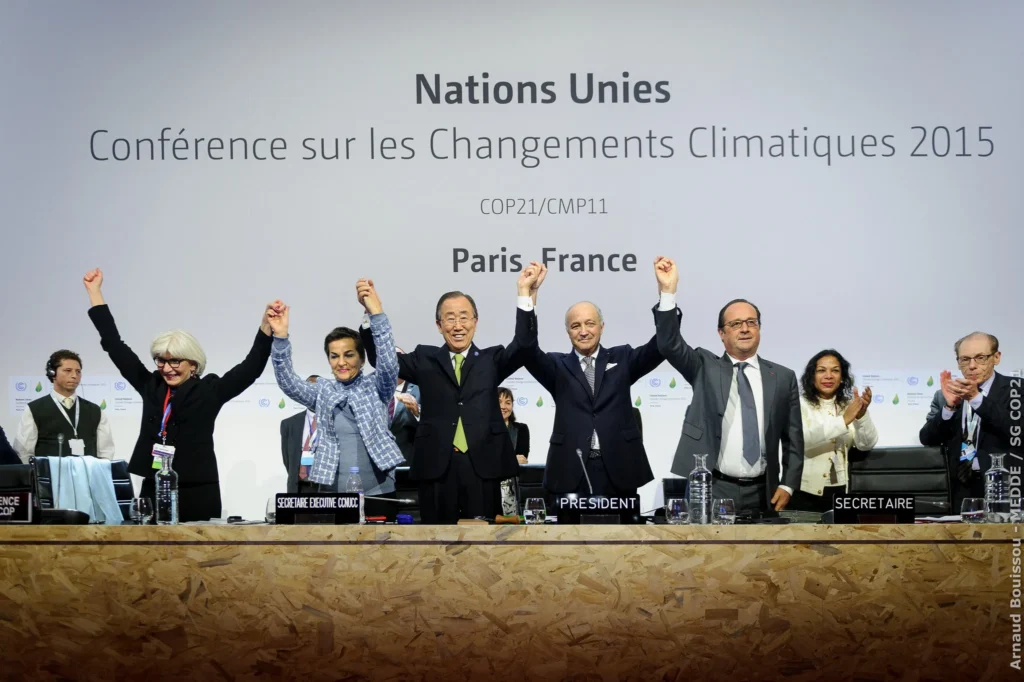International Laws
The Kyoto Protocol
The Kyoto Protocol was adopted during the third Conference of the Parties (COP 3) to the UNFCCC in December 1997 in Kyoto, Japan. It was designed to reduce greenhouse gas (GHG) emissions from industrialized countries and economies in transition, setting mandatory targets for 37 developed countries, including Romania, and the European Union for the period 2008-2012, with the aim of reducing global GHG emissions by approximately 5% below 1990 levels.
However, the Kyoto Protocol was criticized for not imposing obligations on developing countries, such as China and India, and because some developed countries, like the United States, did not ratify it. In 2012, it was extended through the Doha Amendment to cover the period 2013-2020, but this amendment was not ratified by many countries.
After the experience with the Kyoto Protocol, it became evident that a new global agreement involving all countries was necessary.
The Protocol is codified under the United Nations Framework Convention on Climate Change (UNFCCC)
The Paris Agreement
The Paris Agreement was adopted at COP 21 in December 2015 in Paris, France, and was ratified in November 2016. The main objective of the Paris Agreement is to keep the global temperature increase well below 2°C above pre-industrial levels and to continue efforts to limit this increase to 1.5°C. The Agreement requires each country to set its own nationally determined contributions (NDCs) for reducing emissions, which are reviewed and updated every five years. It also provides a framework for transparency and reporting to track progress, as well as financial and technical support for developing countries.
The Paris Agreement is codified under this link.
The Montreal Protocol
In addition to the Kyoto Protocol and the Paris Agreement, another significant global environmental accord is the Montreal Protocol, which was adopted in 1987. The Montreal Protocol is a landmark treaty aimed at phasing out substances that deplete the ozone layer, such as chlorofluorocarbons (CFCs) and halons. It has been hailed as one of the most successful environmental agreements, as it has led to the substantial recovery of the ozone layer and significant reductions in global warming potential. The Protocol’s success demonstrated the effectiveness of international cooperation in addressing environmental challenges, providing a model for future agreements like the Paris Agreement.
The Protocol is detailed in this link.

